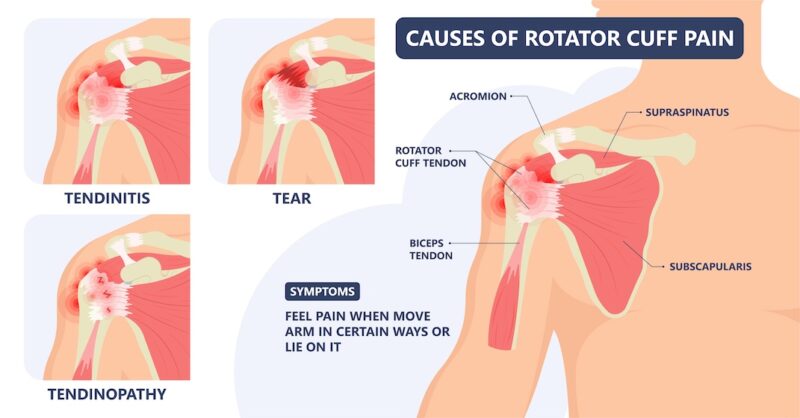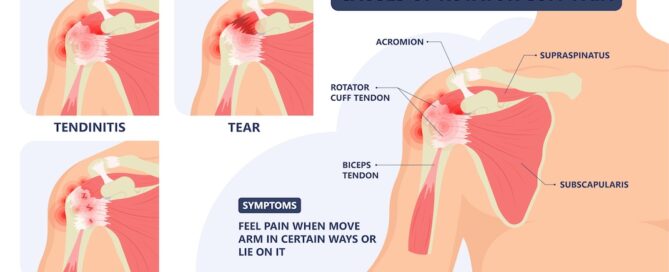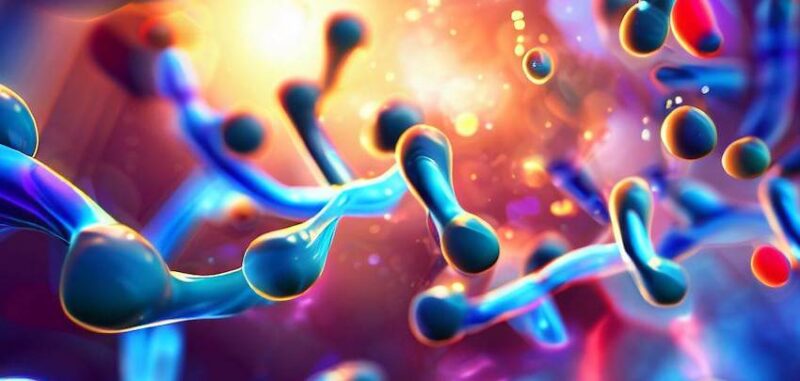Is There a Miracle Cure for Rotator Cuff and Other Joint Injuries?
If you think you’ve tried every treatment in the books for your rotator cuff injury or any other joint injury, think again. I’ve experienced rotator cuff injuries — including frozen shoulder (adhesive capsulitis) in both shoulders.

My injuries didn’t require surgery but over the course of 24 months I tried the following conventional and alternative treatments:
- Physical therapy: Eight weeks. I was in too much pain for anything good to happen. The ice felt good — that always provides some relief.
- Acupuncture: Four weeks. No relief.
- Massage: Once or twice a week for more than a year. Sometimes it helped; other times it amplified the pain.
- Chiropractic: Multiple adjustments to my neck. Alleviated some pain, but relief was only temporary.
- Stretching: Stretching plays a critical role in healing, but it did not resolve the problem.
- Vitamins and anti-inflammatory herbs: May have helped, but I took them over the course of two years and continued to experience pain and stiffness.
- Prolotherapy injections: Short for “proliferation therapy,” this process jumpstarts the body’s regenerative mechanisms to promote healing. The injections may have helped with healing, but the pain and stiffness remained.
- Platelet rich plasma (PRP) injections: These injections, which have the potential to promote healing, delivered little, if any, relief.
- Non-steroidal anti-inflammatory drugs (NSAIDs): Two to three days max to avoid any liver damage. Didn’t do much for me.
- Cortisone injection: I suffered one of these injections so I could go on vacation and not be miserable. It worked for a good four or five days, but then the pain returned to its baseline level.
That’s everything I tried that didn’t work. Later in this post, I reveal what did work for me, but first I want to go into a little background about what the rotator cuff is, the telltale signs of a rotator cuff injury, and the conventional treatment options, which may or may not provide relief and promote healing depending on the nature and severity of the injury.
Understanding What the Rotator Cuff Is
The rotator cuff is a group of muscles and tendons that surround the shoulder joint and stabilize the arm during complex motions, such as swinging a pickle ball paddle or throwing a ball. When these muscles or tendons become inflamed or are strained or torn, they can Continue reading…




